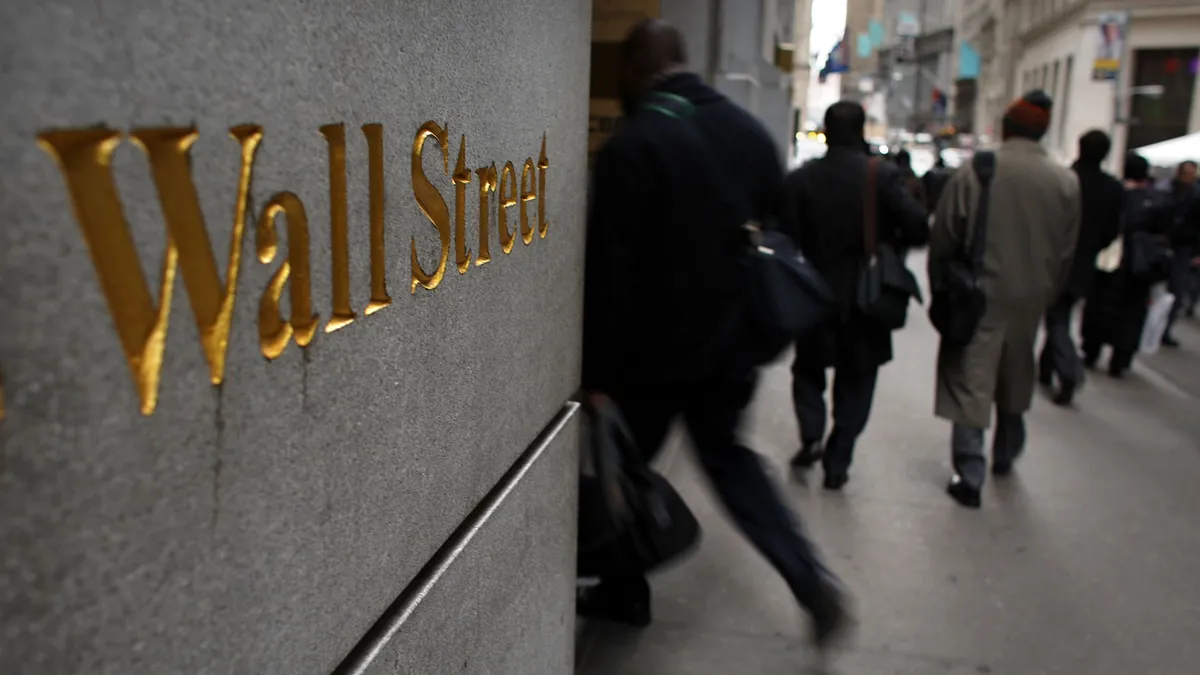Concerns about the economy, supply chains and staffing shortages are the leading worries for medtech investors, according to a survey by investment bank William Blair, shared on Thursday. Other worries include Russia’s invasion of Ukraine, changing regulatory environments in the U.S. and the European Union, increasing debt costs, and the need to revalue private companies.
Medical device stocks are down about 30% so far this year, based on a list of 48 companies tracked by William Blair. That’s below the S&P 500, which is down 19%.
The analysts said medical device companies have underperformed broader stock market indices since 2021, but indicated that the trend could turn around later this year.
“These data points give us some early optimism that year-to-date medical device pessimism could leave the sector positioned for relative outperformance, particularly as we move past second-quarter results,” they wrote in the report.
Investors also ranked which companies they expect to do best in the next year. The top five included Dexcom, Edwards Lifesciences, Shockwave Medical, iRhythm Technologies, and Inspire Medical Systems.
They predict companies with strong profitability, high sales growth, and upcoming catalysts will do best in the next year.
On the other hand, fewer survey respondents expected what William Blair referred to as “COVID recovery” companies to outperform the stock market. That’s a reference to companies whose revenue growth depends on on a recovery from the pandemic and a reopening of procedures.
“We believe this could be due to prolonged recoveries that have exhausted investor confidence, though this could be a contra-indicator indicating a bottoming of COVID recovery names,” analysts wrote.
Investors are also thinking about how medtech companies will perform in the second quarter, with Johnson & Johnson kicking off earnings next week. This may be because most companies did not change their 2022 estimates after their first quarter results, and economic trends since then have led investors to question whether these estimates are achievable, analysts wrote











